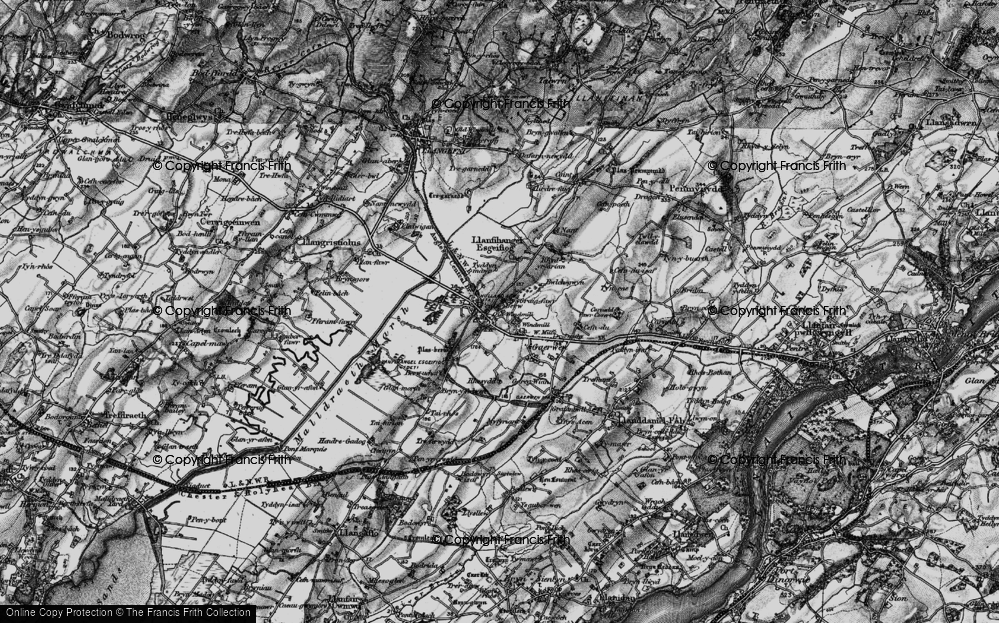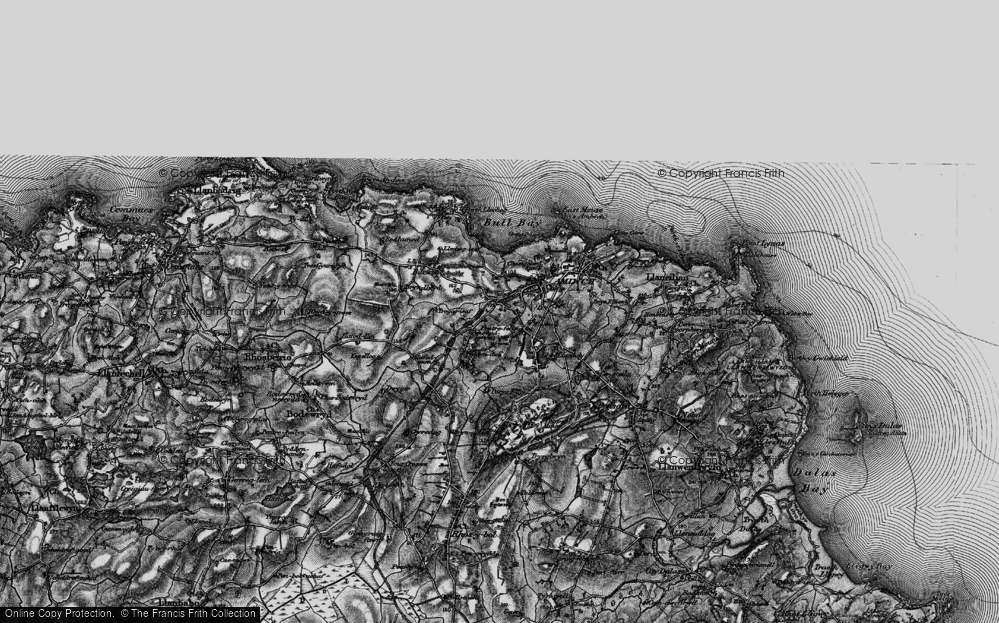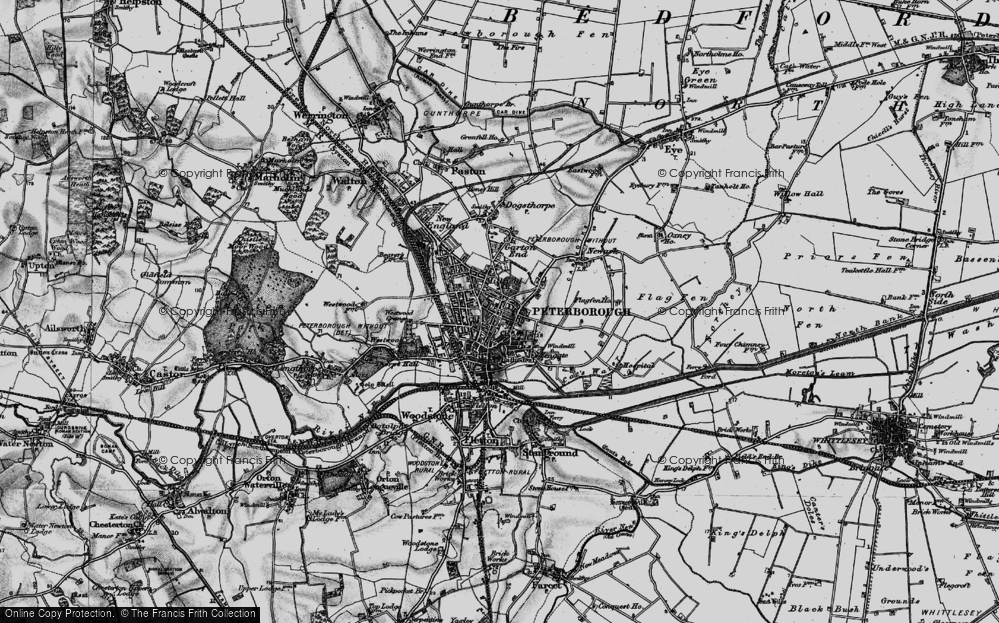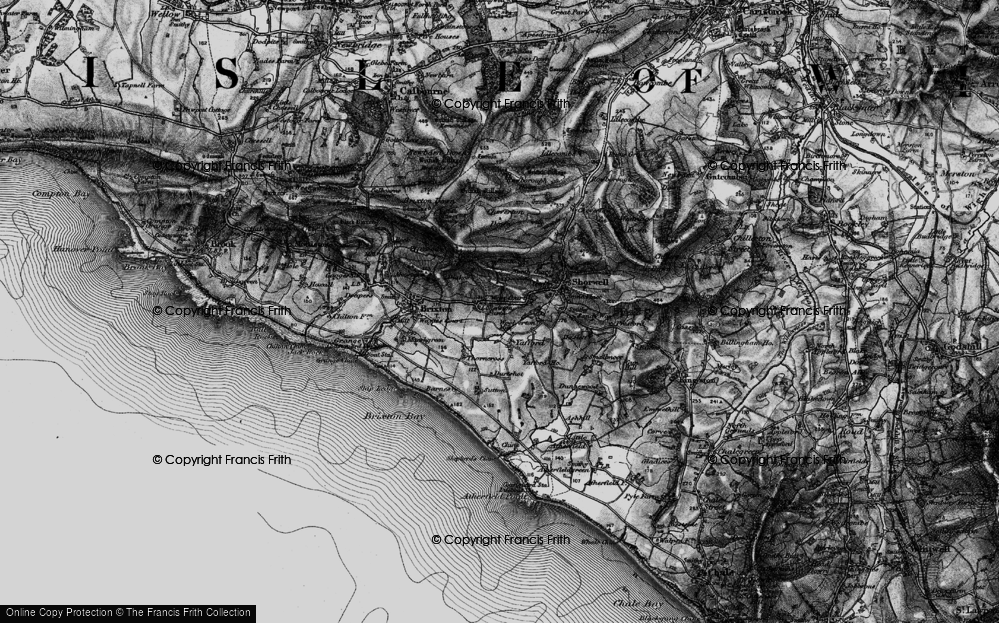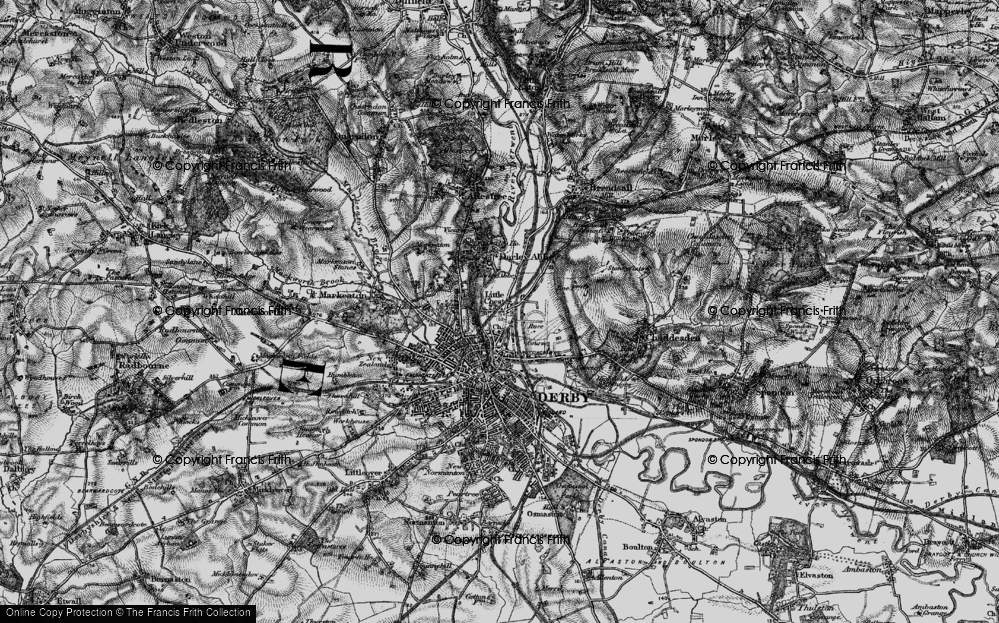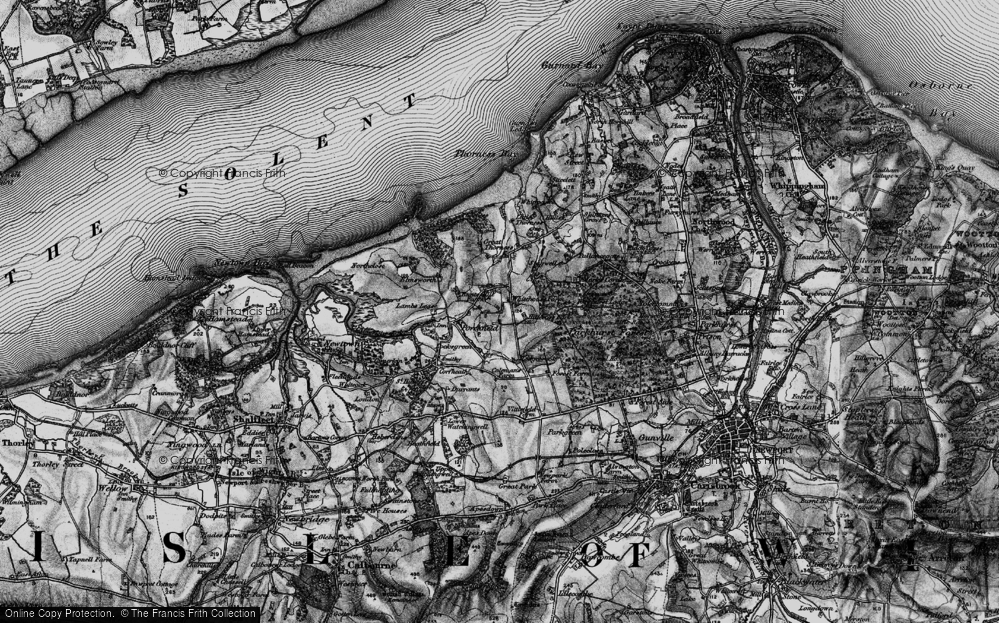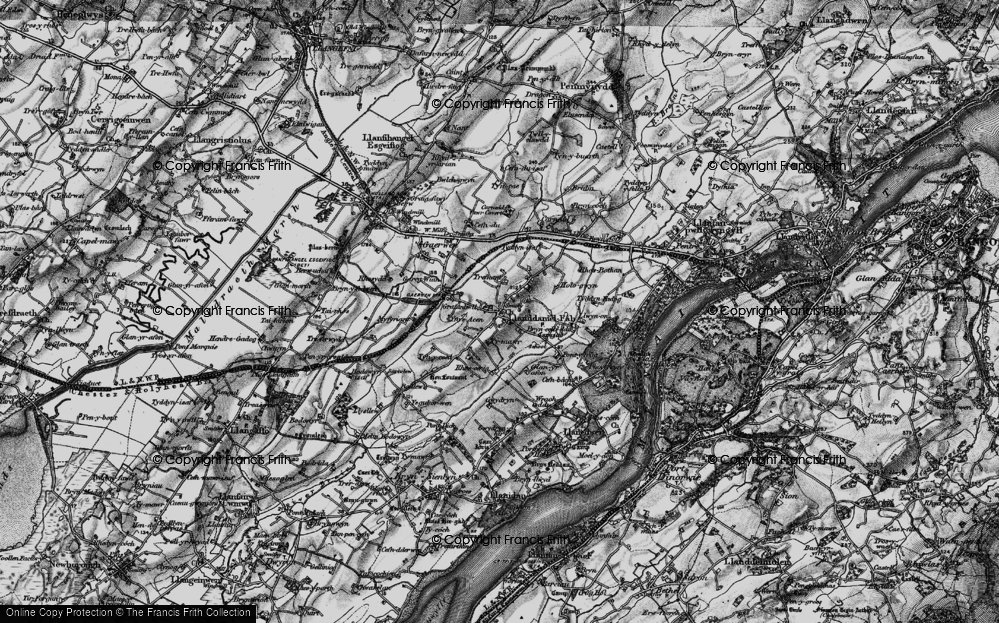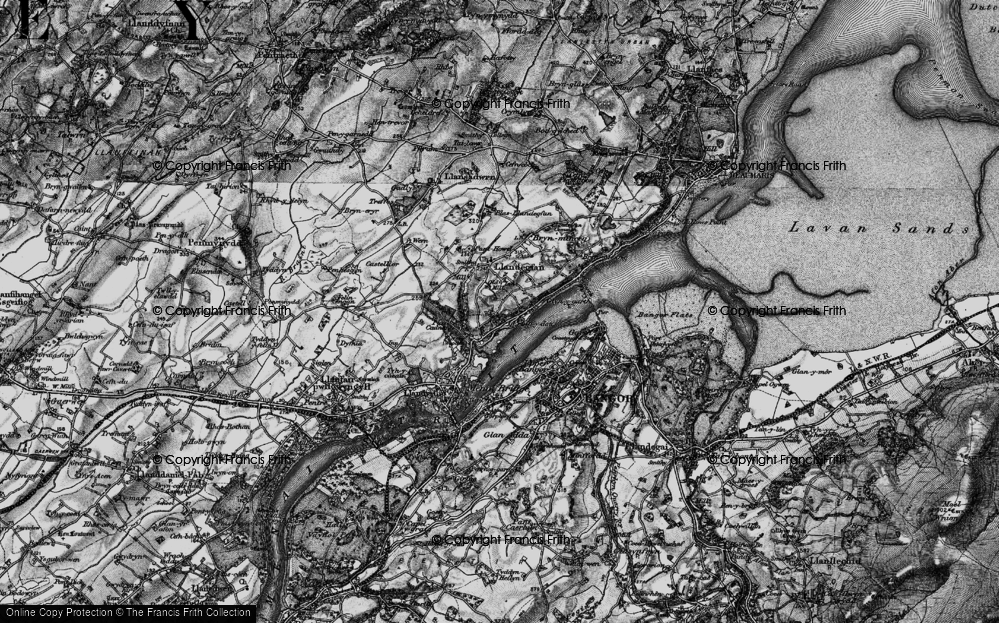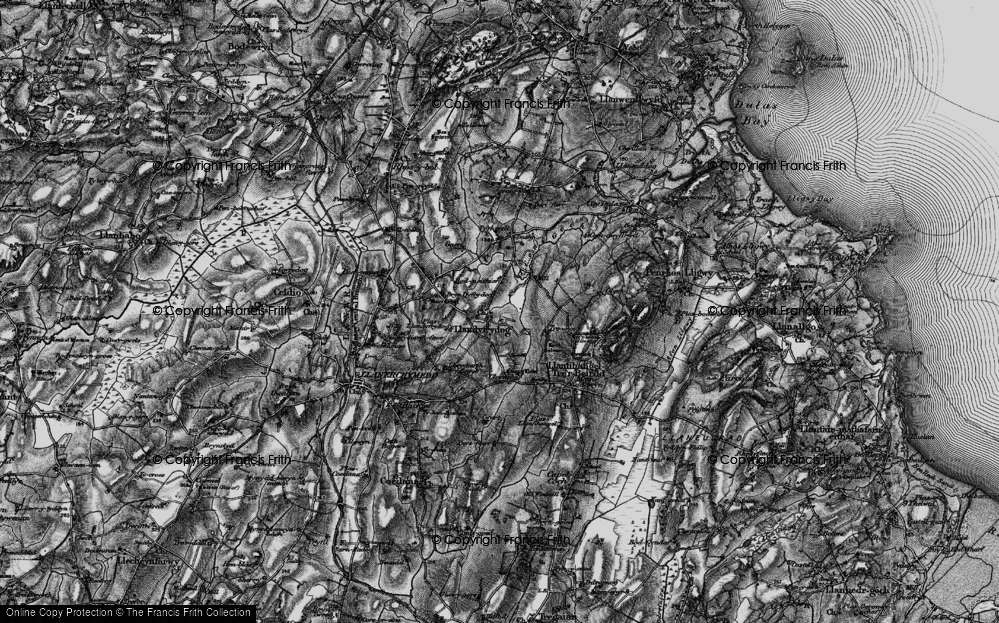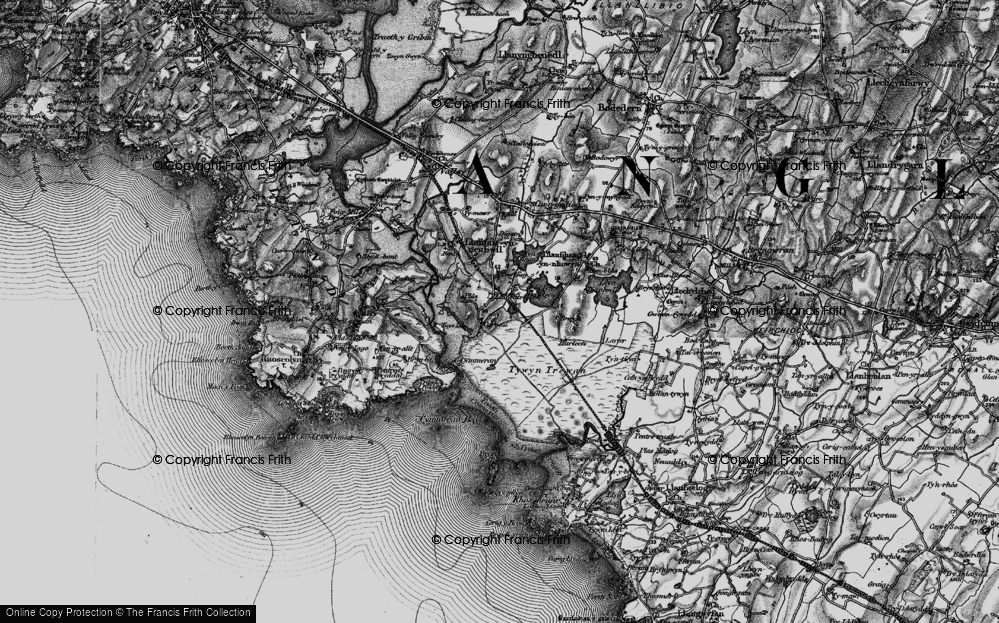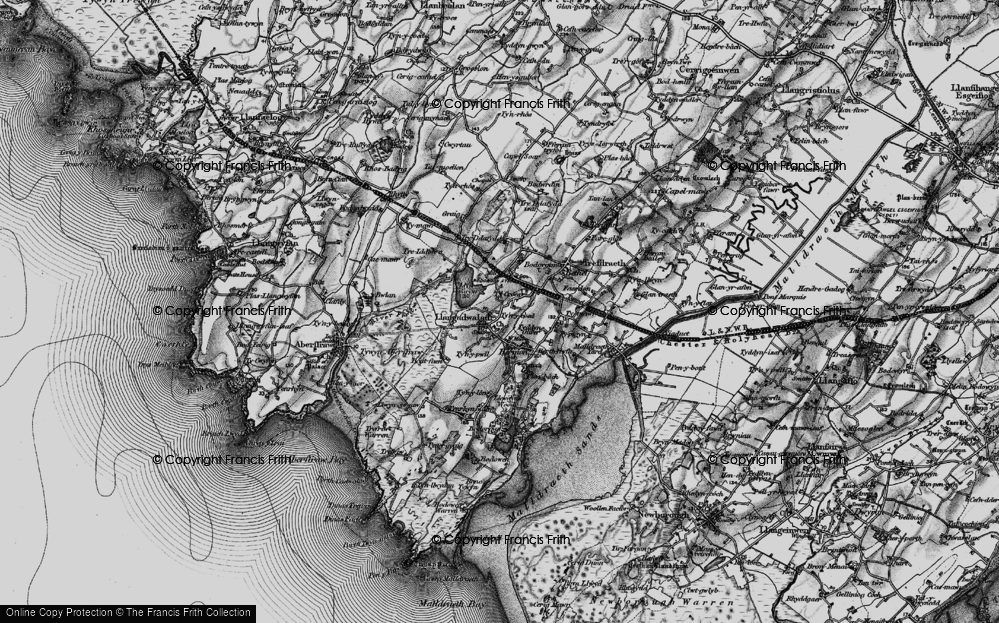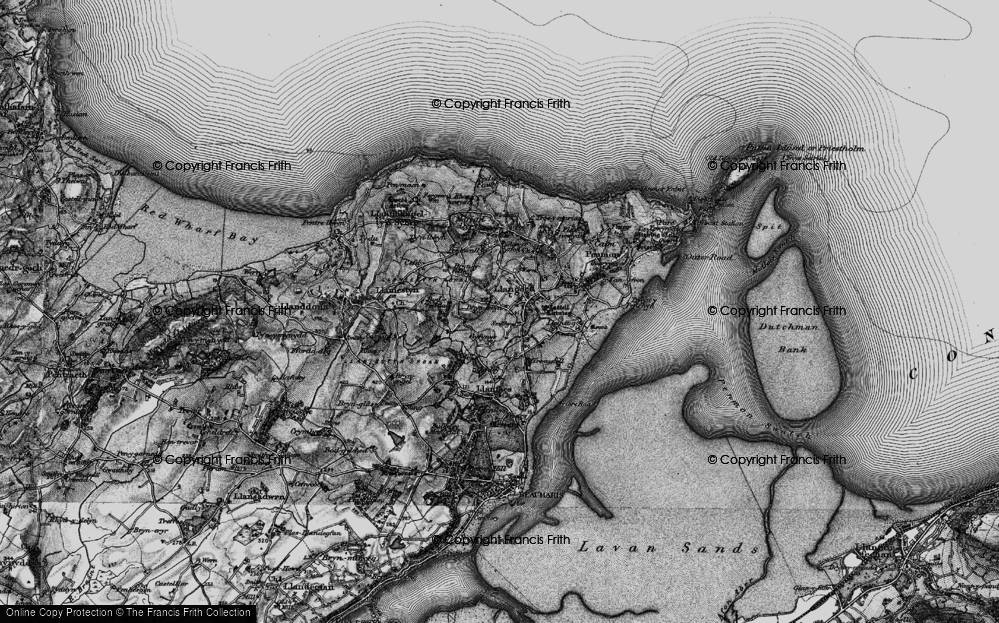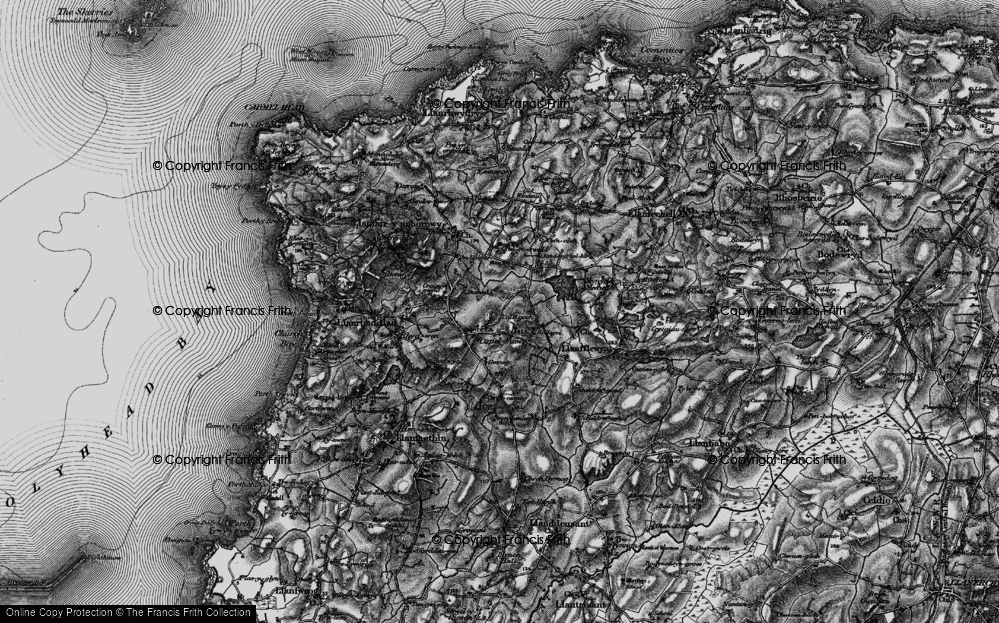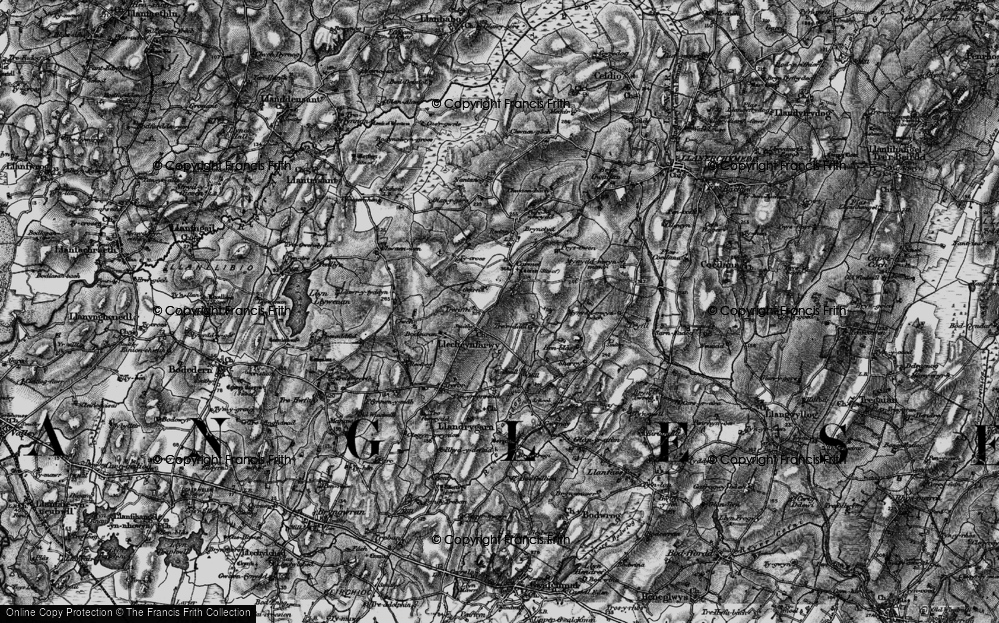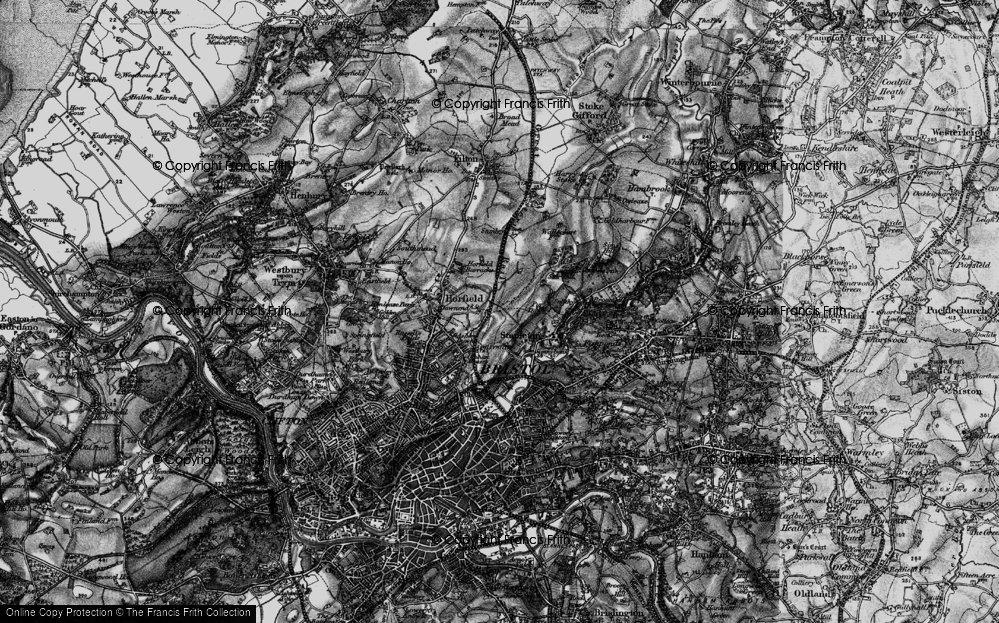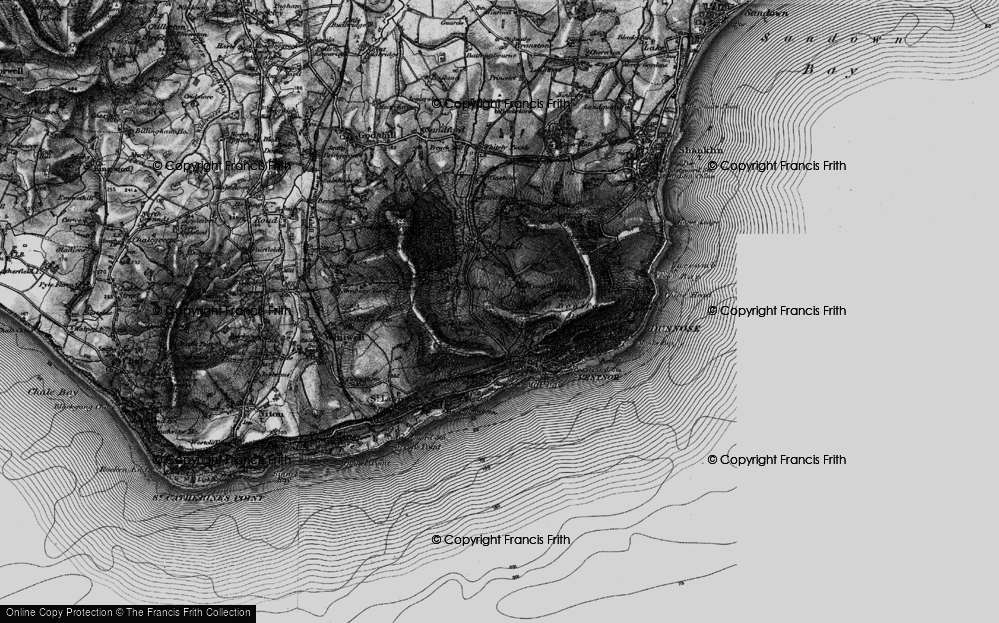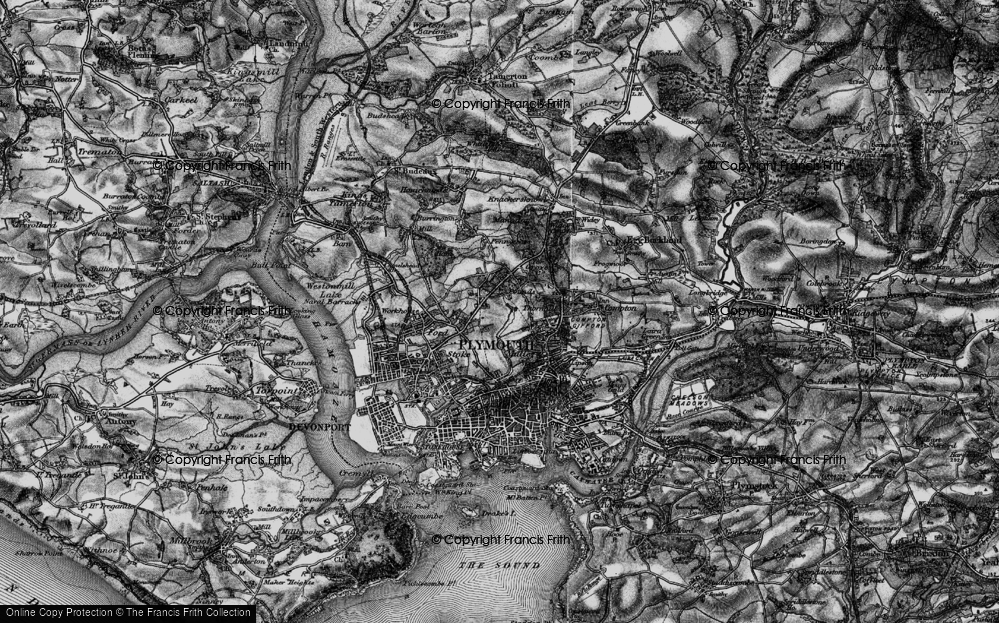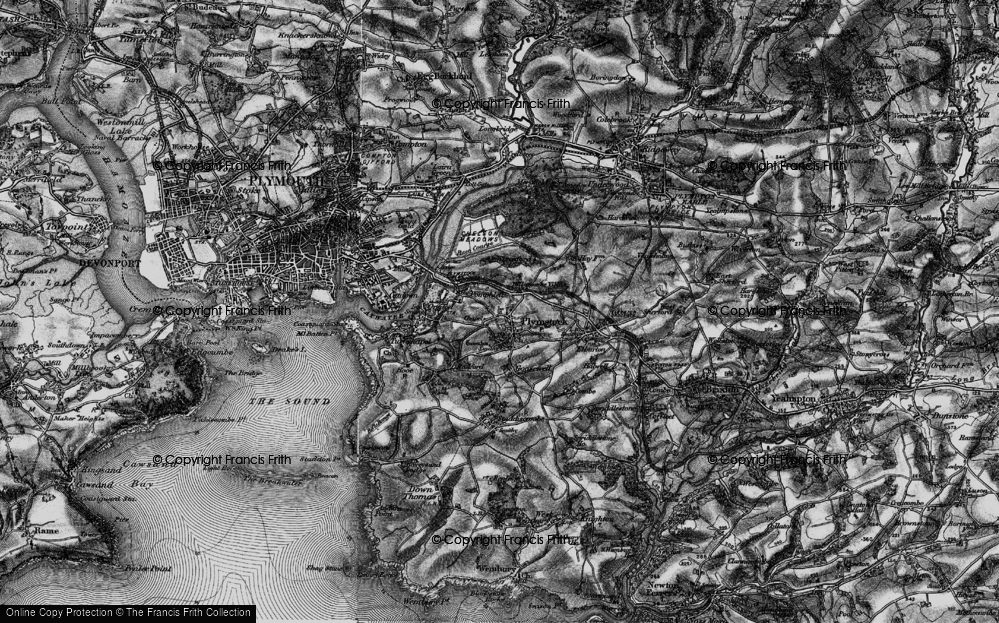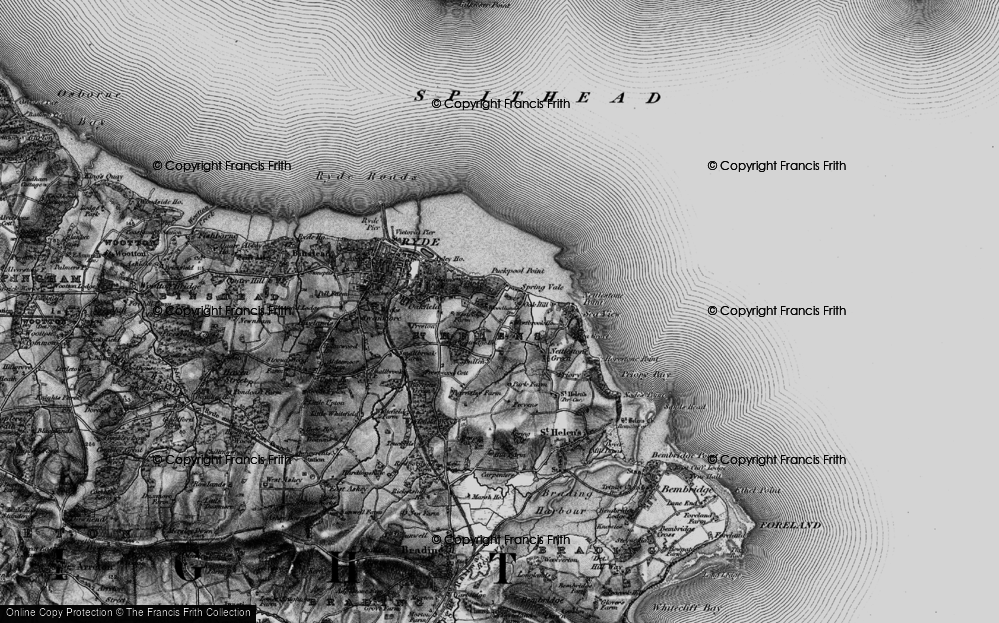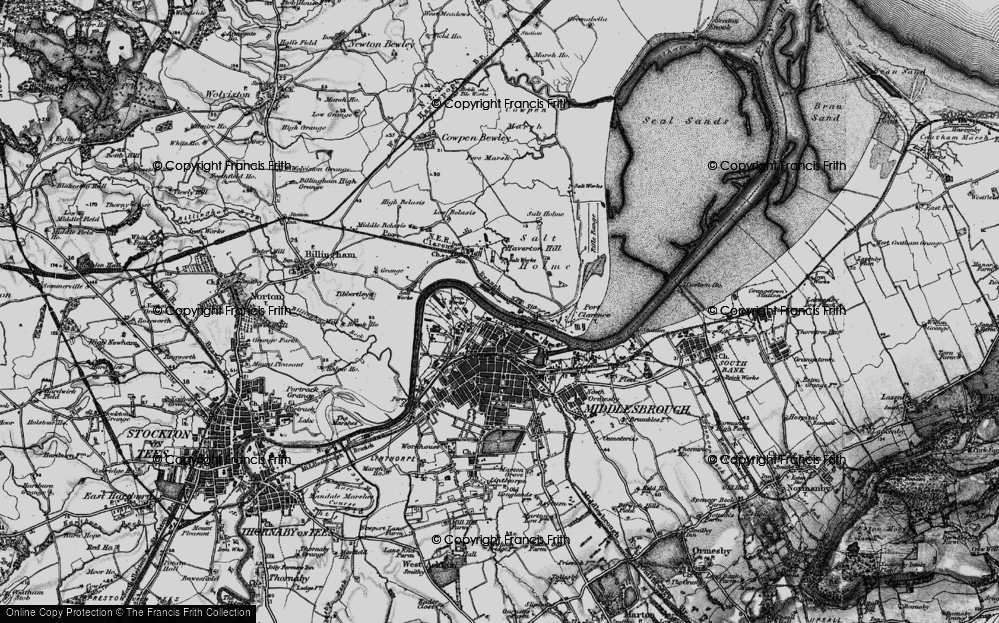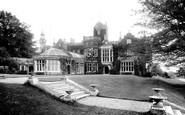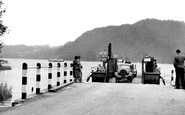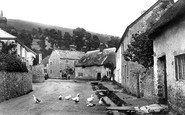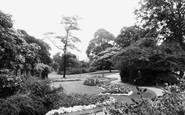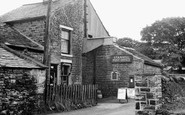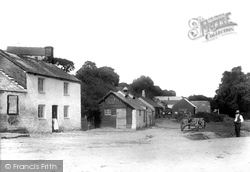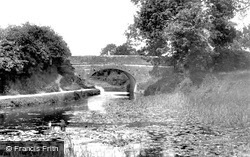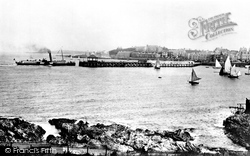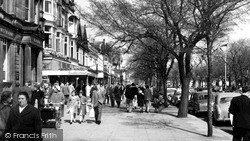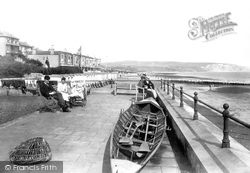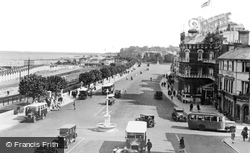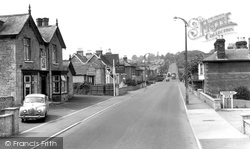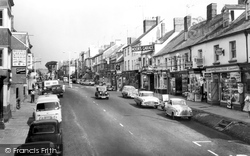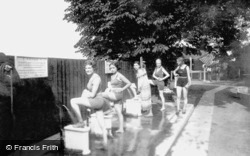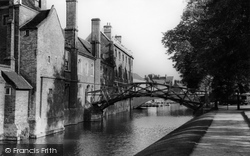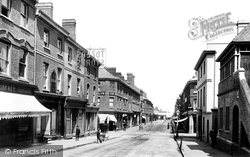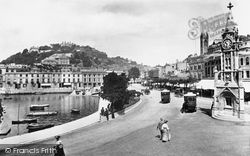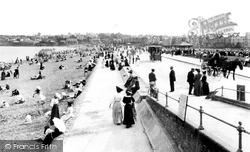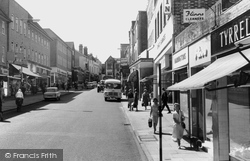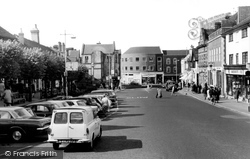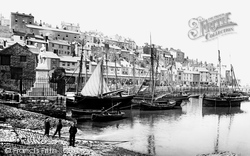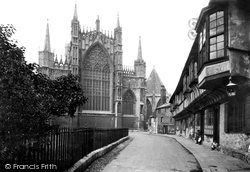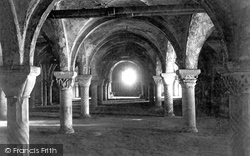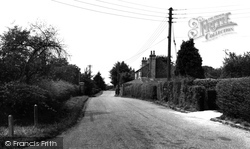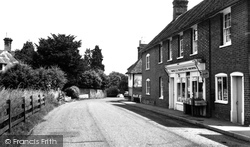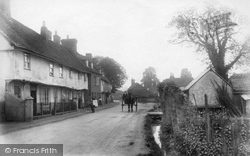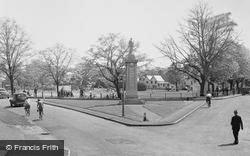Places
Sorry, no places were found that related to your search.
Photos
Sorry, no photos were found that related to your search.
Maps
7,034 maps found.
Books
163 books found. Showing results 3,841 to 3,864.
Memories
22,913 memories found. Showing results 1,601 to 1,610.
Early Memories Of An Ascotonian
I was born at 40 Bracken Bank (off Fernbank Road) in June 1953. I attended Ascot Heath Primary School on the original site in Fernbank Road, from 1958 until 1964. I remember Richard Dale from these days, although I am ...Read more
A memory of Ascot in 1960 by
Home
I was born in 1 Georgina Cottages. My family have a long history in the village. My first school was just down the hill from where I lived at the time, it is now a large house. In the club where the new shop is was my local to have a drink ...Read more
A memory of Witchampton in 1954 by
Childhood In Benham Valence
It was in April 1950 that I was born in the Victorian wing of Benham Valence - actually in the flat above the garages - a very primitive dwelling with no bathroom or indoor toilet. Unfortunately the whole wing was ...Read more
A memory of Benham Park in 1950 by
Warnham Court 1950 53
I have read a memory on this website of someone who was sent to Warnham Court as a child but does not really know why. I was sent there under identical circumstances. So like this other contributor I would be very ...Read more
A memory of Warnham Court School in 1951 by
The Keelings 1940 Evacuees
My sister, Joy, elder brother, Richard and myself, John Keeling, were evacuated to Llanharan in June 1940. After a short time Richard and myself were placed with a lovely old lady at 12 Seymour Avenue, Mrs Surridge. I do ...Read more
A memory of Llanharan in 1940 by
My Dad Harry Moore,Known As Sarge
My dad Harry Moore, known as Sarge would ride his motorbike in all weathers to get to work ,which was at Ferryhouse, to get there he would go and return on the ferry. I would go with him sometimes at ...Read more
A memory of Bowness-On-Windermere in 1957 by
The Ship Inn At Axmouth.
The Ship Inn can be seen to the left of the photograph; just beyond the wall. My great-great-grandparents, John and Mary Real (born in Axmouth in 1821 and 1824 respectively) were licensees of The Ship Inn, Axmouth, at the time ...Read more
A memory of Axmouth in 1960 by
Evelyn Pratt
My mother was born at 13 High Street on 8 Feb 1909, just over a hundred years ago.
A memory of Henley-in-Arden in 1900 by
Mendleson Wrote His Spring Song In The House.
With Denmark Hill and about level with the Old Henly's garage behind you was a house within the ruins with a metal sign. It stated that during his stay here, Mendleson wrote his 'Spring Song' here. ...Read more
A memory of Camberwell by
Alan & Hilda
Alan and Hilda Slater were my Uncle and Aunty and lived at the post office for many years and were quite possibly the funniest people I ever knew. Stanhill Post Office is reputedly haunted and Uncle Alan took every opportunity to use the ...Read more
A memory of Stanhill by
Your search returned a large number of results. Please try to refine your search further.
Captions
9,654 captions found. Showing results 3,841 to 3,864.
Situated at the very head of the tidal Helford River, Gweek was an important port for distributing goods to and from Helston and the surrounding district.
The Grand Western Canal was part of a grandiose scheme to link the Bristol and English Channels between Taunton and Exeter. There were to be three branches, one of which was Tiverton.
A superb view, with a steamer just arriving at the pier. During the sixth century, many of St Comgall's disciples set out in their coracles from a rocky reef near the steamer pier.
Even though there are no leaves on the trees, Lord Street is still busy; as at Blackpool, trippers visit all year round.
A fast rowing boat, a lobster pot and promenaders give an idea of how the Promenade looked in the last years of Victoria's reign.
Victorian guide book writers were not impressed by the bathing at Ryde.
Situated on the high road between Cowes and Ryde, Binstead has views across the Solent to Spithead.
The road is the A30 London to the west of England road which, even in 1955, could become horribly congested, especially at summer weekends. This broad thoroughfare runs the entire length of the town.
As well as public parks and memorial gardens, Aldershot is famous for its enormous open-air swimming pool, which covers an acre and can hold a million gallons of water.
Jesus Lock is the limit of navigation on the River Cam for powered craft.
Exmouth prospered as a holiday resort - the first in Devon - from the early 18th century, coming into its own when the Continent was closed to visitors during the Napoleonic Wars.
The harbour was at that time still the preserve of local fishermen, but today the area is monopolised by pleasure craft and luxury yachts.
Paignton became fashionable with the arrival of the Singer family, who built Oldway Mansion in 1874.
We are again looking south by Ernest Tyrrell's butchers shop, with Flinns the cleaners next door at No 42, and beyond the next shop is the entrance to King's Garages.
Even at this time it was difficult to find a parking space here. The van was registered in East Sussex in 1962.
William of Orange, whose statue looks away from the sea and towards England, landed at Brixham on 5 November 1688 to depose the Catholic King James II and to herald 'a glorious revolution'.
Paignton became fashionable with the arrival of the Singer family, who built Oldway Mansion in 1874.
As we can see, it was just a hop and a skip for the chantry priests to reach the Minster from their dwellings. At the time of this scene, the building would have been tenements.
The crypt at Canterbury dates from Norman times and is one of the cathedral's many treasures.
This was the tranquil scene that would have greeted young Queen Elizabeth II and her husband, Prince Philip, when they visited their friends Lord and Lady Brabourne at nearby Mersham.
Was everyone in church or still asleep here? If so, L L Hopkins the grocer and postmaster had managed to get up and open for business!
This is a typical Edwardian scene, with a group of villagers looking coyly at the camera. Today, with increased housing development, North Warnborough has almost joined up with Odiham.
The immaculately maintained flowerbeds and lawn outside the Queen Victoria have provided one passer-by with an opportunity to rest and watch the passing traffic at this busy junction.
This fountain stood at the top of Monument Hill. It was erected in 1896 in memory of Henry Yool, a local benefactor and Vice-Chairman of the newly-formed Surrey County Council from 1889-92.
Places (0)
Photos (0)
Memories (22913)
Books (163)
Maps (7034)


